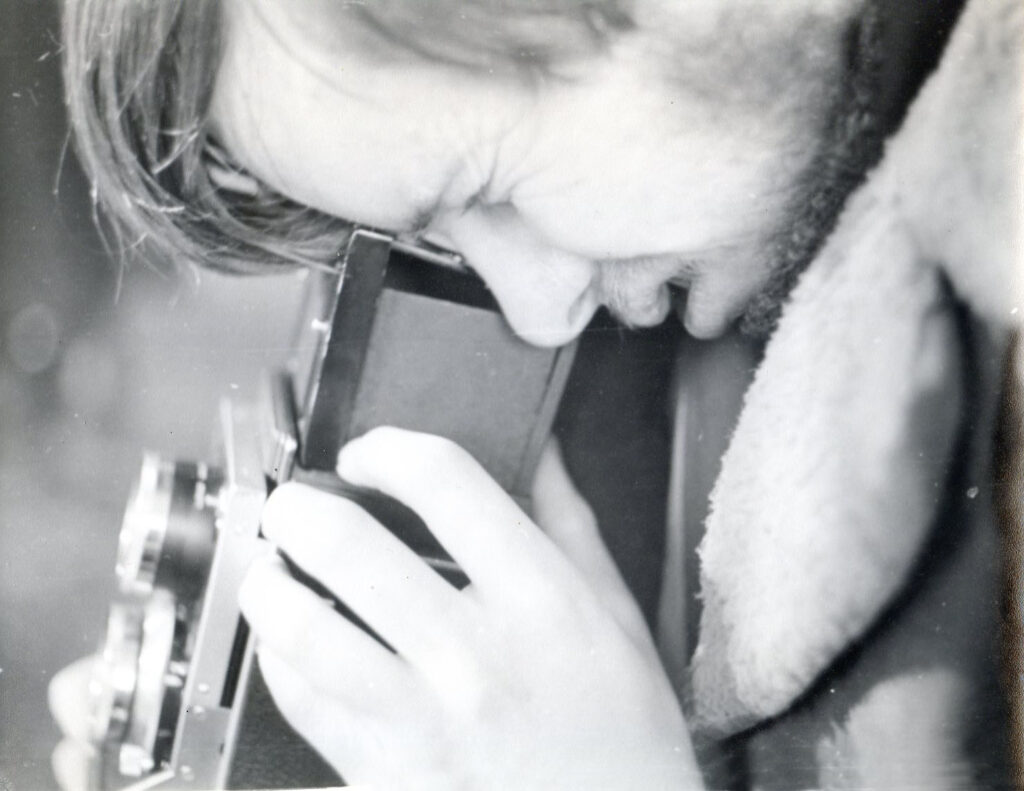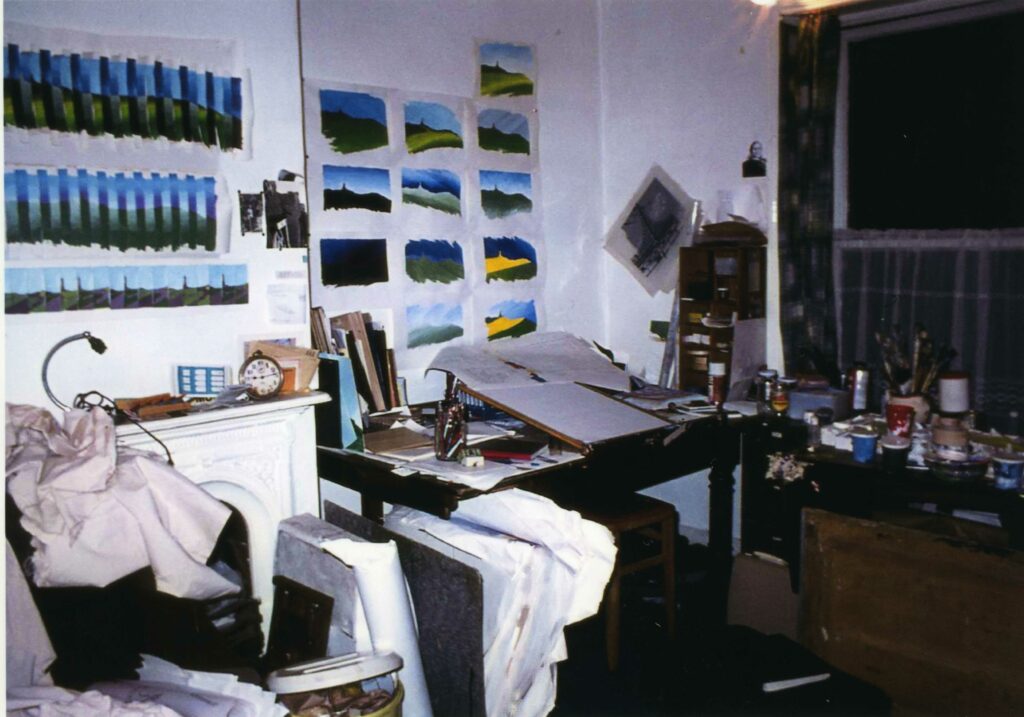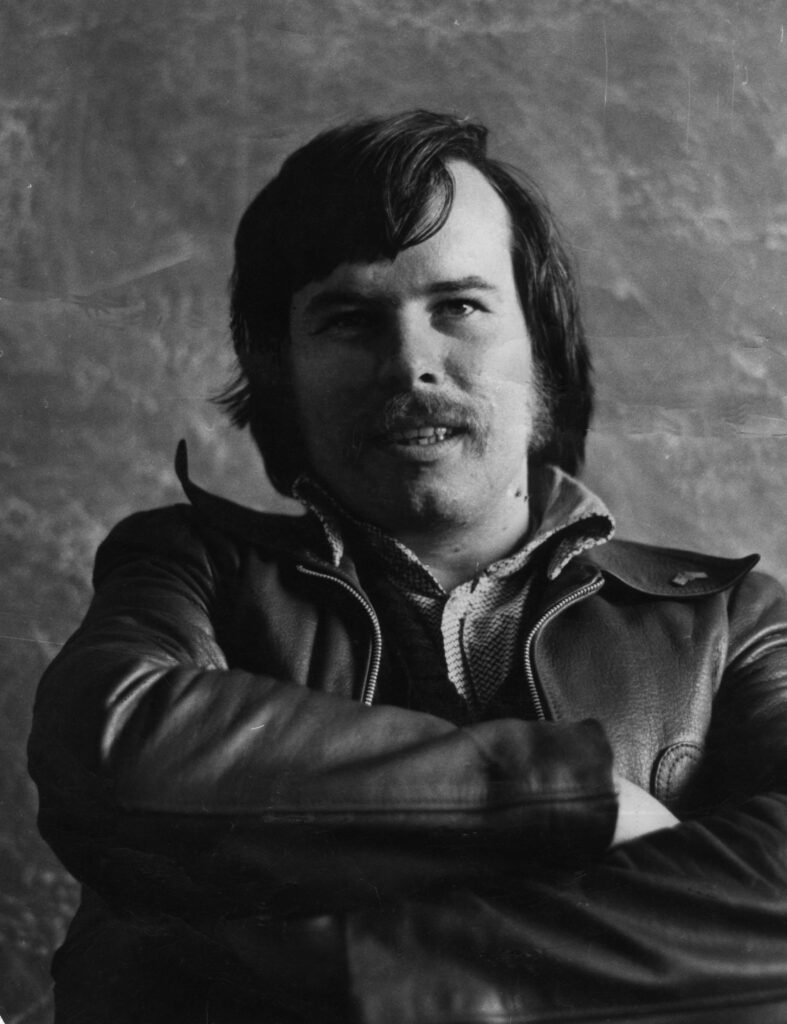The success of the art college system outside of the Universities was the cause of its fatal decline. The Universities could not compete with the creative glow the colleges gave off even at the local level, and the thriving Dip.A.D. degree system was putting to shame traditional University art courses, except for those that were purely academic such as Art History. Individual colleges innovated at both FE and HE levels and there was a need for the fruits of innovation to bring the levels from the lower regions up to match the higher, whilst innovation in many Universities was missing, all seeming cost driven.
In Inner London for example vocational education seemed primarily devoted to rectifying the flaws in the school system, devoting itself to offering A levels. Courses in the colleges like Southwark could not match the quality of those vocational programmes offered in colleges like Blackburn – a philosophical difference driven by differing political leaderships at local levels (the ILEA in London under Ken Livingston was a total disaster).
“Secondary education in most countries is now entirely dominated by curricula preparing people to compete for places at academic institutions, i.e. in extended exam training in academic subjects. Not only is this not a real education, but it reinforces an arbitrary and rigid ladder to success which a great many children have already fallen off by as early as 14. And they know it.”
Thomas R. Wells in the Philosophers Beard
I well remember a college governor at Southwark saying to me that I’d find the drivers for education very different in Southwark to Blackburn. In Blackburn generation of lip-reading parents produced by working in the mills amongst the clatter of weaving machinery saw education as a way of their children avoiding mill work. “In Southwark” said the Governor, “the kids know they can make more money on the streets than you can in teaching.” He told me that the local saying was that if you were quick when your suitcase was stolen on Waterloo station you could come to the Cut market (the road behind the station the college was on) and buy it back with everything still in it. The docks were closing but they too had been a source of money as was the Fleet Street press – indeed one of my own staff admitted he worked a late shift delivering newspapers using a pseudonym as extra untaxed income.
(My favourite story was of the docker who spent 20 years working unloading ships. Every night finishing his shift he would wheel his wheelbarrow out through the dock gates carrying goods from the vessels. Every night he was stopped by security but had receipts for everything in the barrow. Night after night this was the routine. At his retirement party the security man said, “C’mon I know you were nicking stuff, you can tell me now what your racket was”. The ex-docker smiled “I was nicking wheelbarrows” he said).
In the late 1970’s I was involved in some early discussion on the introduction of OND/HND style structure in FE. The aim was to pull together the qualification structure nationally, replacing SIAD etc, assessment processes. It was also intended that there should be transferability at various stages between art degrees and the diplomas, something the degree sector fought against although I never understood why the infusion of trained students into replacing the wastage of degree course wasn’t welcomed despite the problems it might create in addressing parity of training. My own suspicion was that the HND transfer to the degree course would shine a sharp light on the failings of degree teaching, hence the opposition.
Be that as it may the qualification was taken on board in art colleges as well as FE and a great deal of work was done to create objective assessment procedures as coherent targets for the various levels of teaching. Much of this work was then undermined by the Department for Education most notably by bullying Edexcel into accepting a written test as an assessment of drawing. I always objected to this (comparing it to testing Latin in Gaelic) and was told Edexcel had been warned if they didn’t concede and introduce it they would have their money withdrawn.
I was subsequently asked by my professional design body to represent them on a government ‘quango’ set up to advise small businesses on employing designers. At the first meeting I asked the Edexcel representative if they were still assessing drawing via a written test. Edexcel then refused to attend if I was there. I was asked to resign but refused – I was representing a professional designer’s body after all. Subsequently I was informed the quango was dissolved, restarted under another name and I was not asked to be involved. The grit in the machine removed.
However, I was involved in redesigning the criteria for the diplomas for Edexcel. All recommendations from our expert group that involved industrial simulation/links were rejected by the Department of Education. Subsequently government defined full time education as anything over 16 hours (to do with social security claims from students). As a result, colleges and Universities realised they could get the same money per student by reducing full time course hours from 25 to 16.
The leadership within the academic system was critical. Strong leaders with a sense of purpose drove change in institutions. Much as generational change diminished the appetite for invention and innovation in industry as children of entrepreneurs devoted their lives to taking value out of companies, so the leadership in art colleges rotted from within the system as status became the driver rather than idealism. When Edexcel announced to 200 assessors that drawing would be assessed by written test dissention was there but minimally voiced. It was explained to me that in many collegiate institutions being ‘an external’ helped status within the institution, so people clung to that status.
The days when a Coldstream or an Ellis could change the system because they believed in something better were replaced by those for whom the lure of a ’professorship’ became the dream. When art colleges were being merged with universities much opposition was muted by the offer of professorships. Artists in the system became replaced by political academics jealous of their status and resentful when it was challenged by those whose industrial experience gave them greater expertise. The cut in teaching hours also led to less offering of part-time hours so further severing the links between industry and courses.
“Hardly any graduate’s hard-won content-specific knowledge will be useful to their working life, but spending 4 years or so in the institutional setting of a university can condition them to understand and internalise the way the middle class world works: how to think and talk and dress; what to aspire to; how to organise your working life as a career; how institutions work; etc.”
Thomas R. Wells in the Philosophers Beard
I am taken to task for my views by those working now in the universities and I have not been involved in education for 15 years, so criticism may well be justified. But I look at the range of courses, the levels of staffing, the vanishing FE and vocational programmes and see only the destruction of what was once proudly proclaimed as the best art education system in the world. In a talk to art professionals, I gave a couple of years ago on the Bauhaus I said we needed a revolution like that led by Gropius and his colleagues. It will not come from the Department for Education with its regressive thinking, nor from those who love their professorships. Those like me who had worked in FE and access programmes applauded my appeal for a new Bauhaus.
The professors are content.
The students. who are as bright and talented as they have always been. lose.
The nation loses.





Recent Comments